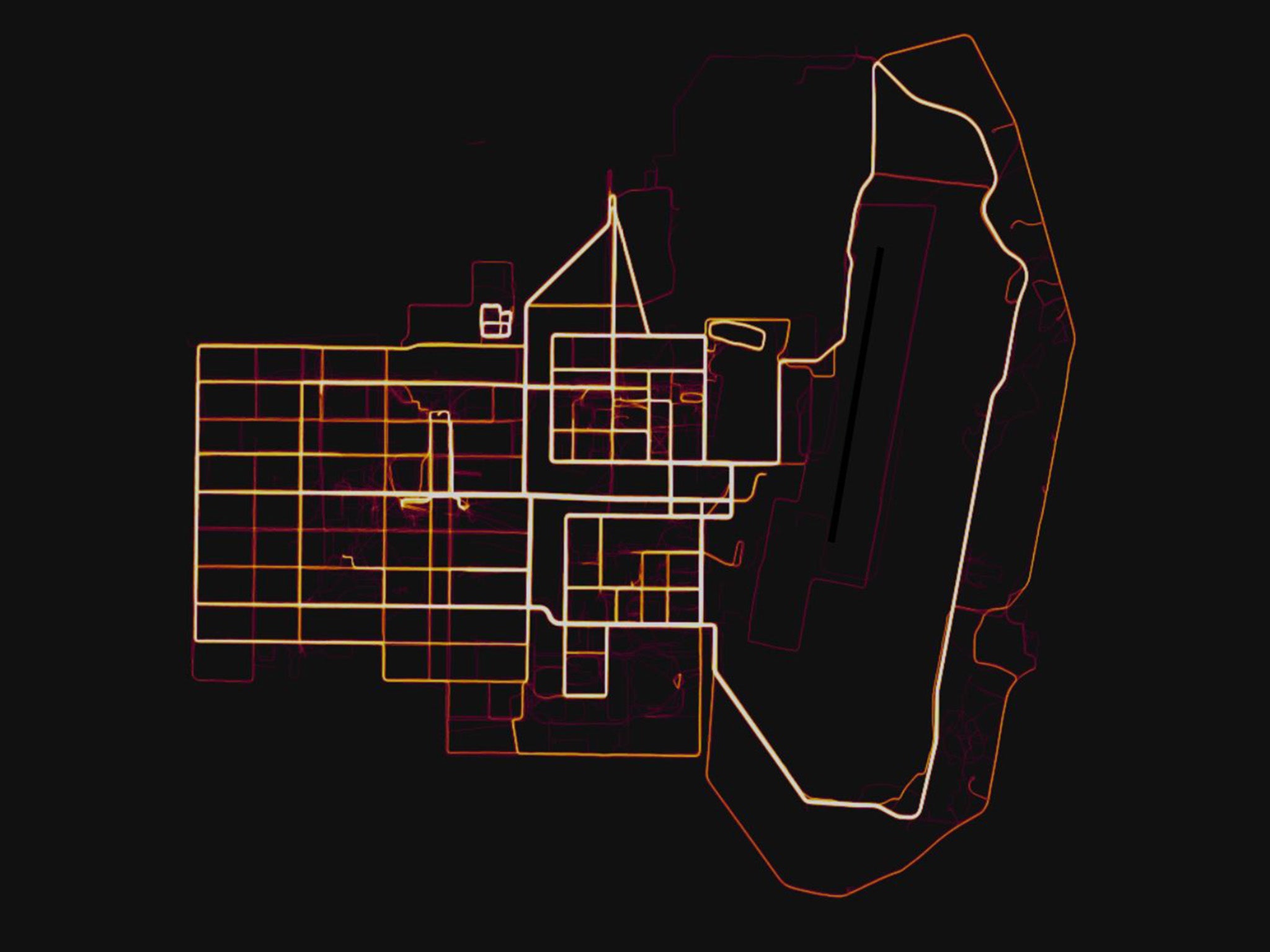Strava fitness map 'accidentally revealed the location of secret military bases' by tracking soldiers' movements
Some of the world's most secret and sensitive bases in the world are lit up brightly on the running tracker's map

Your support helps us to tell the story
From reproductive rights to climate change to Big Tech, The Independent is on the ground when the story is developing. Whether it's investigating the financials of Elon Musk's pro-Trump PAC or producing our latest documentary, 'The A Word', which shines a light on the American women fighting for reproductive rights, we know how important it is to parse out the facts from the messaging.
At such a critical moment in US history, we need reporters on the ground. Your donation allows us to keep sending journalists to speak to both sides of the story.
The Independent is trusted by Americans across the entire political spectrum. And unlike many other quality news outlets, we choose not to lock Americans out of our reporting and analysis with paywalls. We believe quality journalism should be available to everyone, paid for by those who can afford it.
Your support makes all the difference.A publicly available map has been accidentally revealing the location of some of the most secret and sensitive military bases in the world.
The Global Heat Map is published by the GPS tracking company Strava, and is made up by sticking together the locations and activities of people who use fitness devices like Fitbits. It lights up places where people have been running over the past two years – including soldiers and other people who are running at secret military bases and sensitive places including Afghanistan.
The map shows a great deal of activity in the US and Europe, but in war zones and deserts in countries such as Iraq and Syria the heat map becomes almost entirely dark – except for scattered evidence of activity.
A closer look at those areas brings into focus the locations and outlines of well-known US military bases, as well as other lesser-known and potentially sensitive sites – possibly because American soldiers and other personnel are using fitness trackers as they move around.
When Strava launched the map, it made a particular point of the fact that the data was rich and specific, so that it was possible to see a single person kiteboarding or watch people undertaking the route in a triathlon.
Strava says it has 27 million users around the world, including people who own widely available fitness devices, as well as people who directly subscribe to its mobile app.
The map is not live, but shows a pattern of accumulated activity between 2015 and September 2017. Users are able to opt out of their data being collated for the map.
Some of the locations apparently revealed by the map can already be found on Google Maps, using satellite imagery. But the Strava map makes it easy to find the commonly used paths to walk around them, and to work out which parts are in use.
The Global Heat Map was posted online in November 2017, but the information it contains was only publicised recently.
The data could provide information to someone who wants to attack or ambush troops, The Washington Post reported.
Military officials are looking into the situation to determine how to respond.
“The Department of Defence (DoD) takes matters like these very seriously and is reviewing the situation to determine if any additional training or guidance is required, and if any additional policy must be developed to ensure the continued safety of DoD personnel at home and abroad,” spokeswoman Major Audricia Harris said.
A Strava spokesperson said that the data had been anonymised and that it left out data that users had said was private.
"Our global heatmap represents an aggregated and anonymised view of over a billion activities uploaded to our platform," a spokesperson said. "It excludes activities that have been marked as private and user-defined privacy zones. We are committed to helping people better understand our settings to give them control over what they share."
Additional reporting by Associated Press.
Join our commenting forum
Join thought-provoking conversations, follow other Independent readers and see their replies
Comments